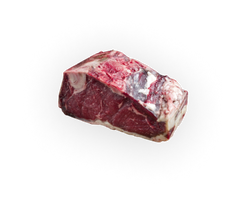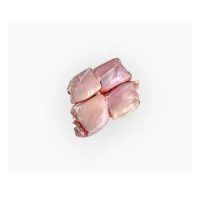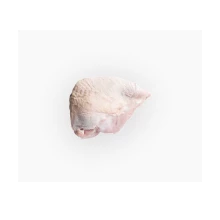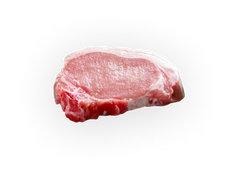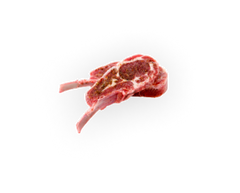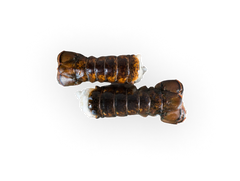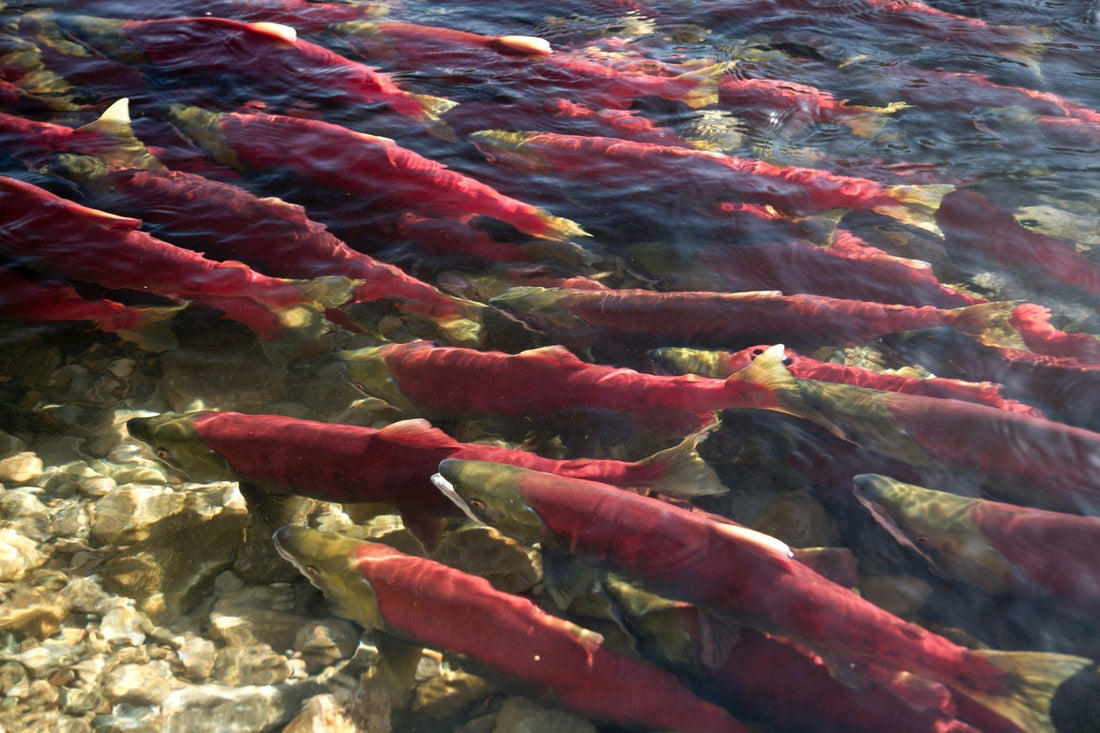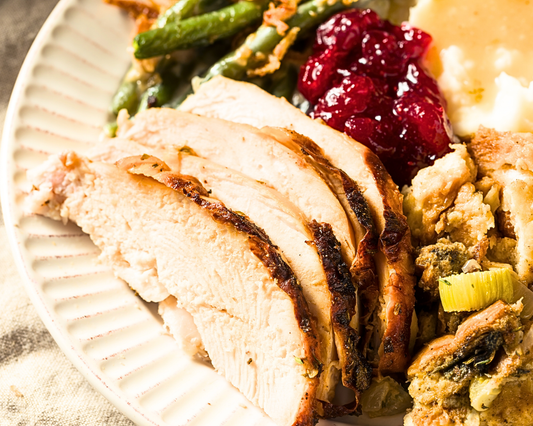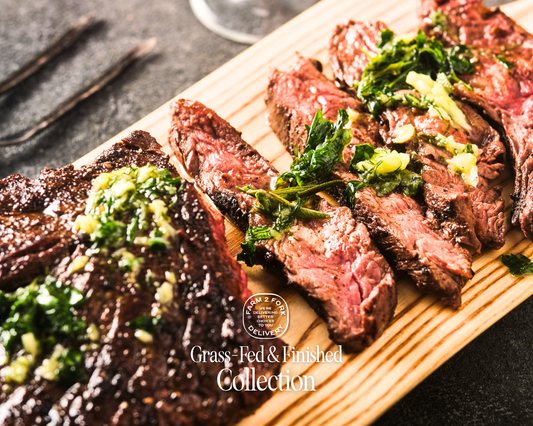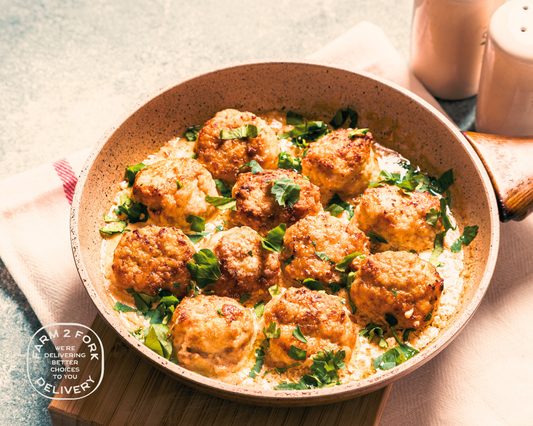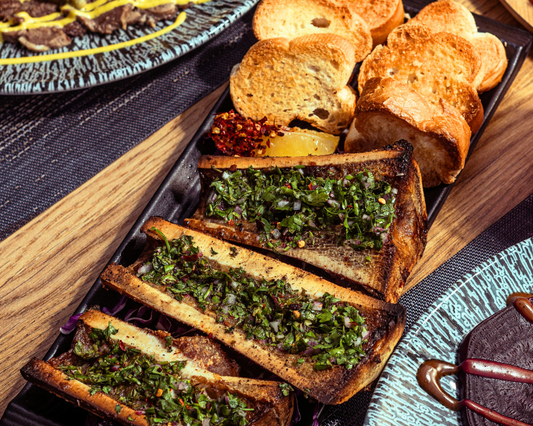You love seafood, you like the sounds of buying "wild caught" fish, but what does “wild caught” actually mean? Is wild caught seafood better than the alternative?
Find out the details below!
Wild Caught vs Farmed Seafood
What Is Wild Caught Seafood?
Technically, a wild caught fish is caught from a natural habitat – a lake, river, or ocean. In other words, fisherman have to go to where the fish are to catch them. This is the “free range” option.
What Is Farmed Seafood?
Farmed seafood is bred and harvested in a controlled aquatic environment. That environment might be a pen within a lake, ocean, or river, or in large tanks on land.
Canada Seafood Labelling
When shopping for wild caught seafood in Canada you need to be careful! Regulations on seafood labelling are shockingly slack, which means that seafood is often intentionally mislabelled with very little repercussions.
That's why at Farm2Fork we are meticulous about our seafood selection - making sure it is always wild caught, and of the highest quality!
Is Wild Caught Always Wild?
Mislabelling
One study of 181 seafood products across five Canadian cities and provinces found that:
- 44% of seafood labels (“sustainable”, “wild caught”, etc) were self-declared. In other words, these labels were not subject to any independent oversight or standard.
- Of the self-declared labels, 40% could not provide any actual evidence to back up their claims of “wild caught” or “sustainable”.
In another study in the US, DNA testing confirmed that 43% of salmon samples from restaurants and grocery stores were mislabelled – the species or source was incorrect, or both.
In fact, 69% of that mislabeling consisted of farmed salmon being sold deliberately as wild-caught salmon.
Bottom line? It is tough to trust what is on the label of your seafood.
How To Make Sure Your Buying Wild Caught Seafood
If you are shopping at a regular grocery store, look for labels from trusted sources such as the Marine Stewardship Council “blue fish” logo.
But the best way to determine if you are really buying wild caught fish is to ask your supplier directly. They should be able to tell you exactly where your fish is from and how it was caught.
For example, Farm 2 Fork’s wild caught sockeye salmon is caught in cold waters off the coast of Richmond B.C. Our wild caught Digby haddock filets are caught off the coast of Nova Scotia, once frozen, and processed on site.
Any reputable seafood supplier should easily be able to provide that kind of location and species-specific information for all their wild caught products.
Why Buy Wild Caught Seafood
Well, many of us prefer wild caught seafood for the taste, nutrition, and environmental benefits it offers.
For example:
- Wild caught fish eat a natural diet, meaning the flavour is more intense, the colours are more vibrant, and saturated fat content is lower. Farmed fish, on the other hand, are typically fed a lower-quality diet to keep costs down.
- Purchasing wild caught fish tends to support smaller fishing operations in smaller towns.
Is there really that big of a difference? See for yourself:
Order True Wild Caught Seafood In Canada
Ready to enjoy wild caught seafood you can trust? Shop our incredible selection now!
